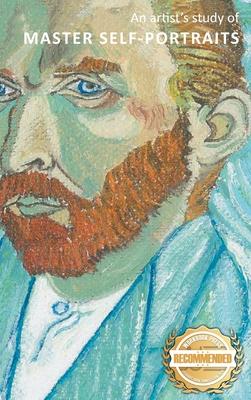This little book is the result of an attempt by a painter of modest talent to study master artists by copying their self-portraits. Painting the portraits and producing the book was enjoyable and, I believe, illuminating. I would recommend the exercise to other painters, particularly young artists, as a way to learn about the great artists, their styles and techniques of painting, and of their works more generally. The exercise may be humbling and of value in revealing differences between any superficial likeness of the copy and the depth and skill of the original.
The three greatest painters, in my opinion, Giotto, Leonardo da Vinci, and Michelangelo, did not paint self-portraits. Leonardo made a well-known and well-preserved pen and ink drawing and Michelangelo painted his visage in the distorted features of St. Bartholomew the Martyr, flayed alive and carrying his own skin, in the Sistine Chapel Last Judgment. Caravaggio, a masterful artist with a reputation for violence, painted his face of the severed head of Goliath in what is surely the most grotesque self-portrait. Rembrandt painted more than seventy self-portraits, Frida Kahlo more than fifty. Durer, perhaps the greatest of all self-portraitists, painted several and did a magnificent silver-point drawing of himself at age thirteen.
Just as self-portraiture is arguably the most subjective of all art forms, so is the viewing of self-portraits and the attraction to particular works highly subjective. My own favorites, Masaccio, Titian, Mantegna, Tiepolo, Matisse, and Beckmann, probably reflect my personal preferences for their works. I would like to see and copy self-portraits of Piero Della Francesca, Ghirlandaio, and Signorelli, if any exist. And, if I pursue this pleasurable exercise further. I would like to track down and copy other favorites, Courbet, Vermeer, Otto Dix, and Edward Hopper.
Thomas Crawford
September 2016
